October 12, 2022
Five Million Dollar Lilly Endowment Grant to Shape ‘Continuum of Offerings’ at Candler
Since its founding in 1914, Candler School of Theology has richly reflected the trials and aspirations of the past century, while also helping to imagine and build a world more in tune with the good news of the gospel. The school created over a hundred years ago has provided a home for reflection, critical study, social action, and inspiration to men and women from many walks of faith, including every expression of Methodism. This timeline traces the milestone events that shaped who and what Candler is today.
1914
The Methodist Episcopal Church, South plans to establish two universities. Asa Candler, founder of The Coca-Cola Company, writes a letter promising $1 million for the southeastern school. The first class of seminarians begins study at the School of Theology in the fall.
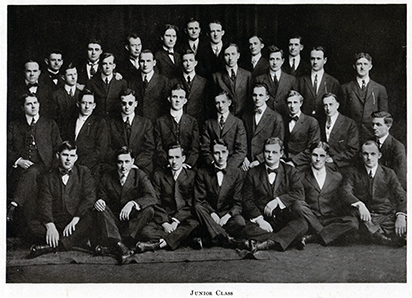

1915–1916
The first building constructed is the School of Theology, which the Emory board votes to name “Candler.” The minutes are unclear whether this is in honor of Asa Candler, the benefactor (top photo), or his brother, Warren Candler (bottom photo), a MECS bishop and Emory’s chancellor—or both.
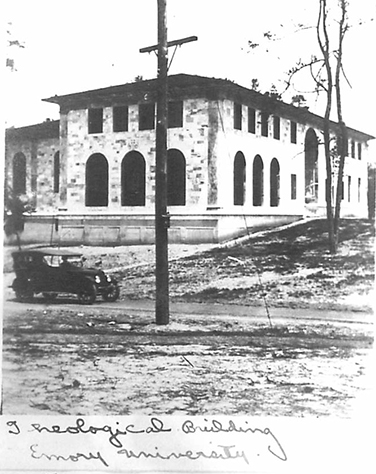
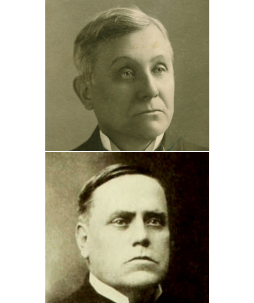
1922–1938
The decision is made in 1922 despite the MECS’s ban on the ordination of women. In 1938, Mary Vaughn Johnson, the wife of a Candler professor, becomes the first woman to be awarded Emory’s bachelor of divinity degree.
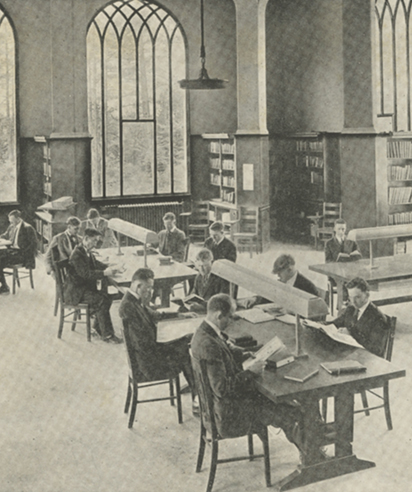

1953–1958
Faculty hires in Cannon‘s first five years shape the school significantly, elevating its academic profile. He appoints a committee to provide recommendations on admitting Black students. Bishops Hall opens in 1957, providing much needed classroom space.
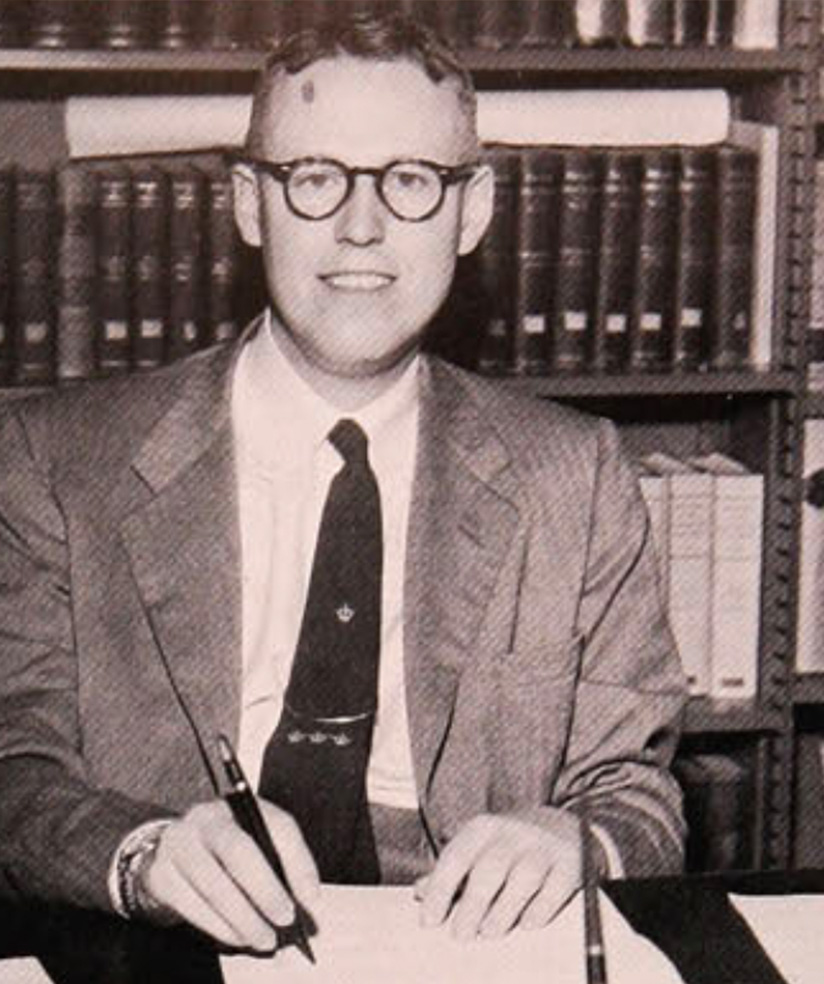
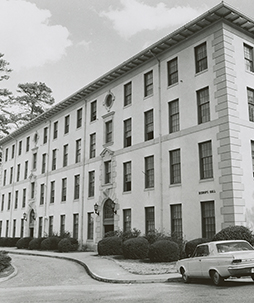
1957–1962
Georgia law in 1957 says that universities offering instruction to Black students will lose their tax-exempt status. Emory University challenges this law, and in 1962, the Georgia Supreme Court rules in its favor. Candler‘s first Black student, Otis Turner, enrolls in 1965.

1969–1976
Laney grows the Candler faculty by 50 percent in his first four years. During his eight-year tenure, enrollment increases 37 percent, making Candler the largest United Methodist seminary in the nation. Laney goes on to become president of Emory University until 1993, when he is appointed U.S. Ambassador to South Korea.
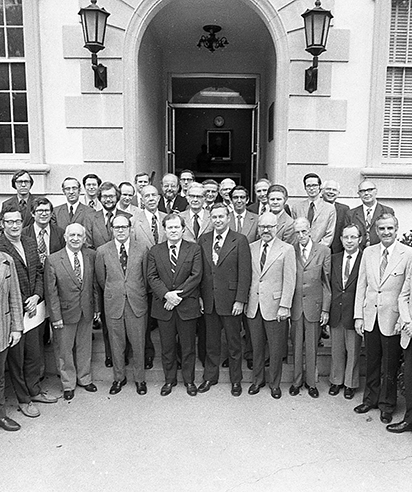

1970–1994
Grant Shockley, the first full-time Black faculty member, joins in 1970. Noel Erskine follows in 1977, Luther Smith in 1979, and Romney Moseley in 1982. Teresa Fry Brown (inset photo) breaks color and gender barriers in 1994 as the first tenure-track Black female. These “firsts” prime the way for a faculty that has since grown to 41% persons of color.
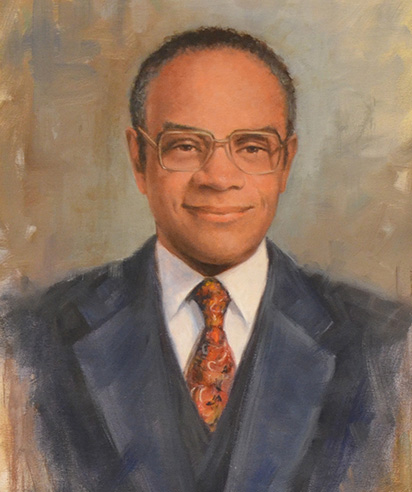

1972–1980
In 1972, 50 years after the vote to admit women students, visiting professor Peggy Billings becomes the first woman on faculty. Six years later, Roberta Bondi becomes Candler’s first female tenure-track faculty member, and Carol Newsom follows in 1980.


1979–1981
President Jimmy Carter attends the groundbreaking for Cannon Chapel in 1979, and construction is completed in 1981. Celebrated as an exemplar of the Brutalist architectural style, the chapel hosts Candler worship, services for campus religious groups, and a variety of events for the entire Emory community.


2007
The daughter of a Methodist minister, an international leader in denominational and ecumenical arenas, and a scholar of world politics, Love comes to Candler after 22 years on the faculty of the University of South Carolina and time as chief executive of United Methodist Women.

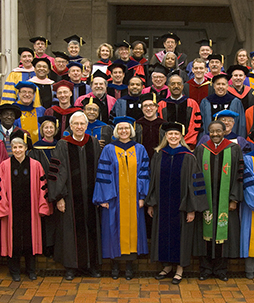
2009
The school also launches the Erskine-Smith-Moseley Fund—a scholarship endowment honoring early Black faculty members Noel Erskine, Luther Smith, and the late Romney Moseley—to provide Black Church Studies students with scholarships and stipends.

2008–2014
Phase I, housing classrooms and offices, opens in 2008. Demolition of Bishops Hall makes way for Phase II, completed in 2014 with funding support from the O. Wayne Rollins Foundation. Phase II houses Pitts Theology Library and the Wesley Teaching Chapel. The two buildings are united by a soaring glass atrium.
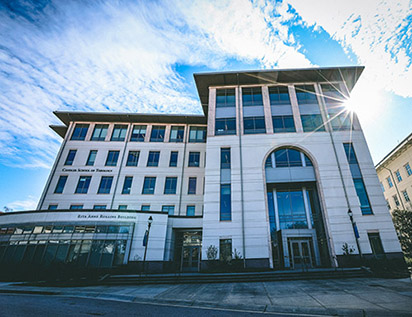

October 12, 2022
Five Million Dollar Lilly Endowment Grant to Shape ‘Continuum of Offerings’ at Candler
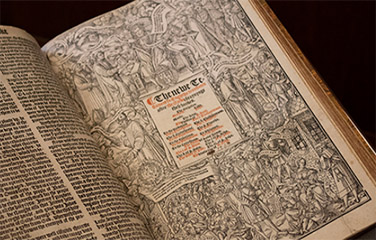
February 1, 2023
Pitts Theology Library Acquires Major English Bible Collection
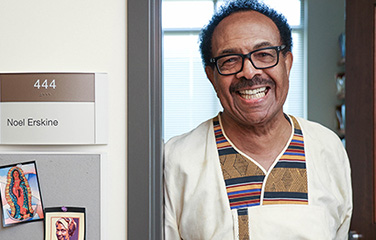
May 3, 2023
‘That’s an A Right There’: Noel Erskine Retires
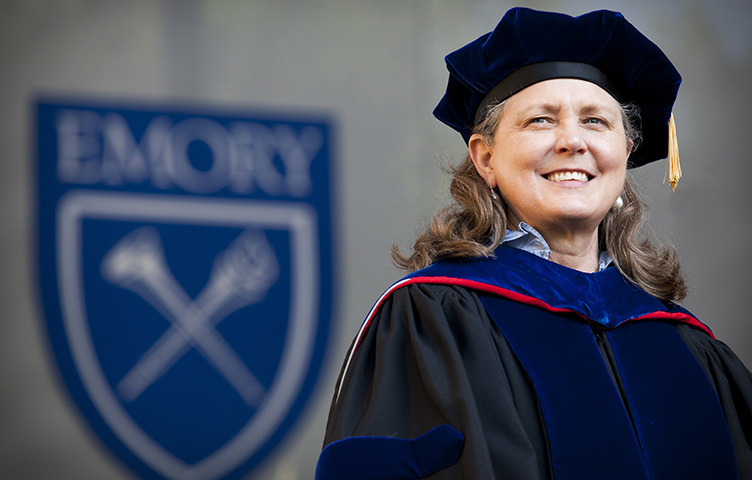
November 1, 2023
Dean Love Named Among Atlanta’s ‘Women of Influence’
By clicking “Accept All Cookies,” you agree to the storing of cookies on your device to enhance site navigation, analyze site usage, and assist in our marketing efforts.